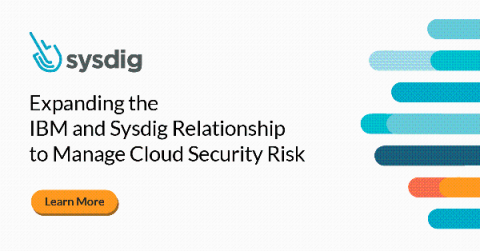Forrester's State of Application Security, 2020: Key Takeaways
In The State of Application Security, 2020, Forrester predicts application vulnerabilities will continue to be the most common external attack method. Because of this, organizations are urged to continue testing early in the software development life cycle (SDLC), implementing auto-remediation for security vulnerabilities, and shoring up production protections.










